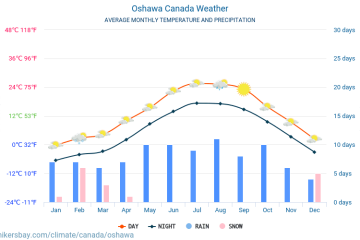Penguins vs Ducks: A Comparative Study

Introduction
Understanding the differences between penguins and ducks is more important than it might seem at first. These two bird species inhabit distinct ecosystems and exhibit unique behaviors, adaptations, and physiological traits. As both birds are popular in avian studies and wildlife observation, knowing their differences can enhance our appreciation for biodiversity and ecological balance.
Habitat and Distribution
Penguins primarily live in the Southern Hemisphere, with the majority found in Antarctica and surrounding islands. There are several species of penguins, such as the Emperor Penguin and the Adelie Penguin, which thrive in cold environments. In contrast, ducks are distributed globally and can be found in a wide range of habitats, including freshwater lakes, rivers, and coastal regions. Species like the Mallard and the Common Eider highlight the adaptability of ducks across various climates.
Physical Characteristics
One of the most apparent differences between penguins and ducks is their physical appearance. Penguins are flightless birds with sleek bodies adapted for swimming. They possess flippers instead of wings, allowing them to navigate the aquatic environments effectively. Ducks, on the other hand, have a more diverse appearance with various colors and sizes; they have wings that enable them to fly, although some species prefer to stay grounded.
Behavior and Diet
Penguins are known for their social behavior, often forming large colonies for breeding and raising their young. They are primarily carnivorous, feeding on fish, squid, and krill, and are excellent divers. Ducks, meanwhile, display varied behaviors depending on the species. They can be found solitary or in flocks, and their diet can be omnivorous, consisting of aquatic plants, insects, and small fish. This flexibility in diet helps them thrive in various environments.
Conclusion
In summary, while both penguins and ducks are fascinating birds that play important roles in their respective ecosystems, they are fundamentally different in many aspects, including habitat, physical characteristics, behavior, and diet. As climate change impacts wildlife globally, understanding these differences can help in conservation efforts, ensuring both penguins and ducks are protected in their natural habitats. By appreciating biodiversity and the distinctions between species, we gain valuable insights into wildlife ecosystems and their health.









